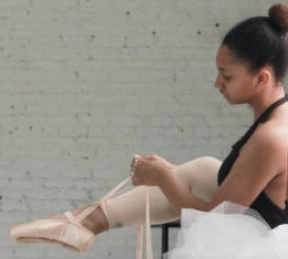Well, we’ve all been rather quiet on this site for an embarrassingly long while. But the currently embattled state of the arts in the UK in the face of painfully evident government indifference makes it a very relevant time to share this previously unpublished Score, first performed by OTE members as an intervention at a starchy Aberdeen conference in 2014 in response to what we then thought was only a locally prevailing hostility to culture having any serious place in our lives or – heaven forfend! – careers. And those origins make this blog the most relevant place to share it. Perhaps more will follow, who knows? My appreciation goes to Steve Ansell and Arathi Suresh whose #Fatimadances at Stage@Leeds prompted me to remember this. Meanwhile, please follow these instructions precisely to lead a pure, productive, government approved professional existence.

Overheard in a cultural strategy planning meeting in Aberdeen, 2014:
“Culture is what you do in the evening after work…”
Rearticulated by the UK government, 2019:
“Fatima’s next job could be in cyber…”
SCORE: For the avoidance of workplace contamination by culture
Art is strictly for the after hours
so snap off that radio for starters
unplug the distraction of music at breakfast
evict any lingering earworms with cotton buds
drive safe
drive safe and silent
do not hum or tap the wheel
do not drive and drum
gaze directly ahead
do not allow adverts or images
film posters, slogans, roadside graffiti
or even rude shapes drawn in filth on white vans
to remotely pervade your senses
avoid major routes with sculptures on roundabouts
squint to exclude any floral displays
park out of sight of places of worship
when you pass news stands
avert your gaze
once in the workplace be quick to dismantle
extraneous architectural features
employ, if necessary, colleagues for muscle
but by no means allow them
when working to whistle
take extra care with printed matter
if obliged to encounter reports or letters
ensure they are assembled by illiterates
and skip over borderline creative effects
such as rhythm, or layout, or meaning
outlaw the internet or in will pour
images, words, sound, video
hard to filter effectively, so
suggest simply ban it
that’s best
use the time saved to unpick each stitch
of designer suits or dresses
scour your desk for symbolic material
ditch any photos or keepsakes
refuse to do work that inspires or uplifts
indulge no feeling or sentiment
ideally, manage out the need to think
keep learning down to a minimum
managers, note: do not retain staff
known to indulge in dancing
they are disrespectful of rational control
they are thought to be unpredictable
follow this score to the end of the day
at the end of the day, go home
go to the bathroom
go to the mirror
and look
take a hard look
repeat five times weekly until dead
JP



 I’ve always loved travelling through Maelbeek metro station, as I often do when staying at my regular apartment in Brussels, going from local stop Merode towards the centre. Until yesterday Maelbeek was most distinguished for its fabulous
I’ve always loved travelling through Maelbeek metro station, as I often do when staying at my regular apartment in Brussels, going from local stop Merode towards the centre. Until yesterday Maelbeek was most distinguished for its fabulous